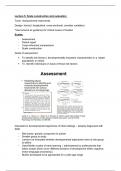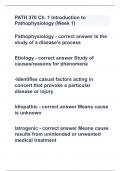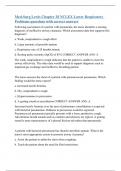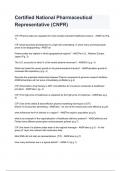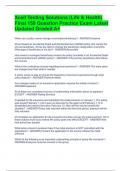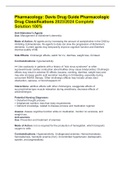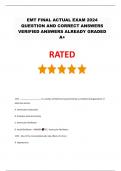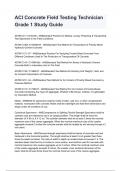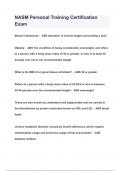Lecture notes
scale and construction, interviews and observation in developmental psychological research
- Module
- Ps34212
- Institution
- Cardiff University (CF)
The lectures on scale construction and evaluation, as well as interviews and observations used in child psychology, provide an in-depth exploration of essential methodologies for assessing children's psychological functioning, behaviors, and experiences. These lectures cover the principles of scale...
[Show more]
